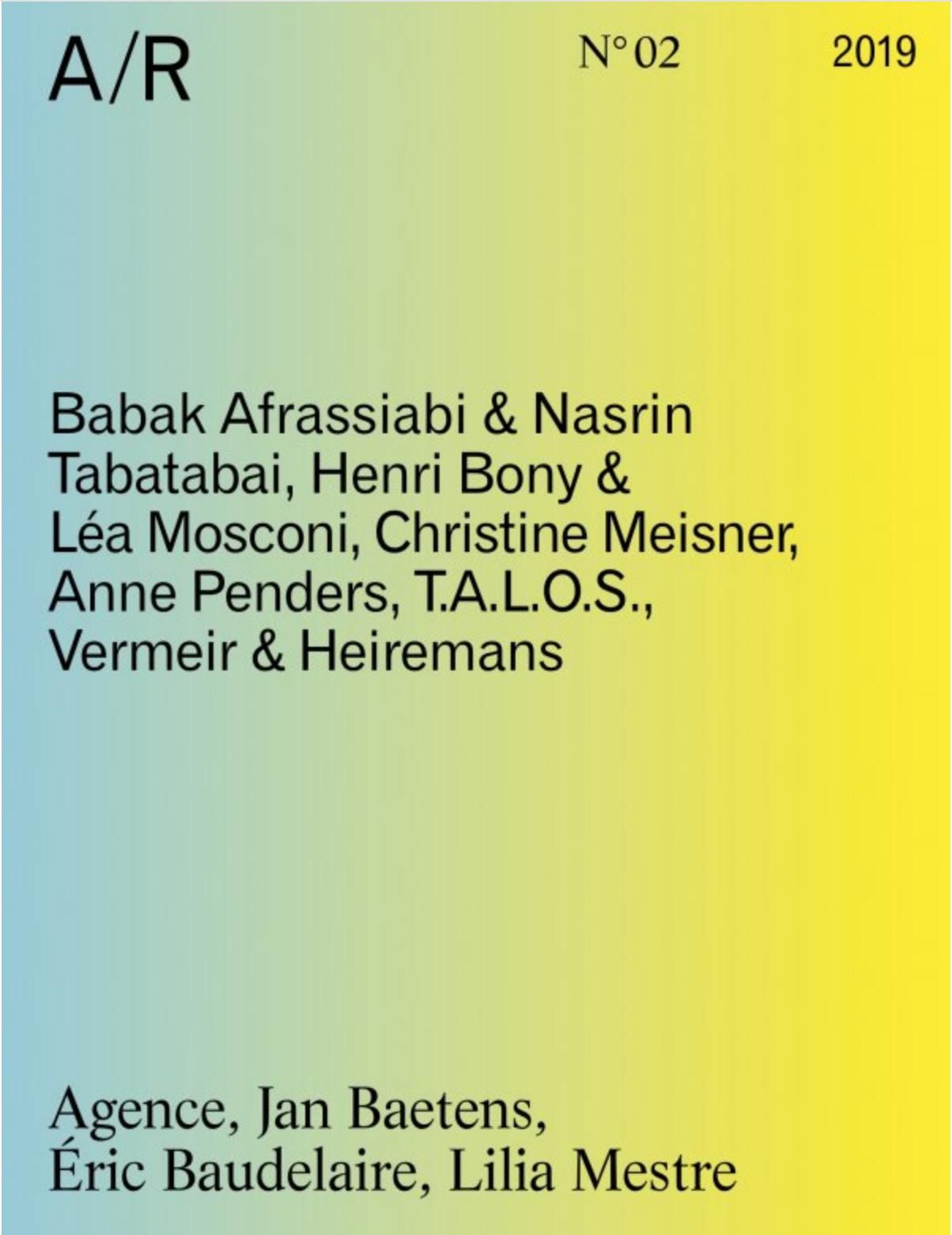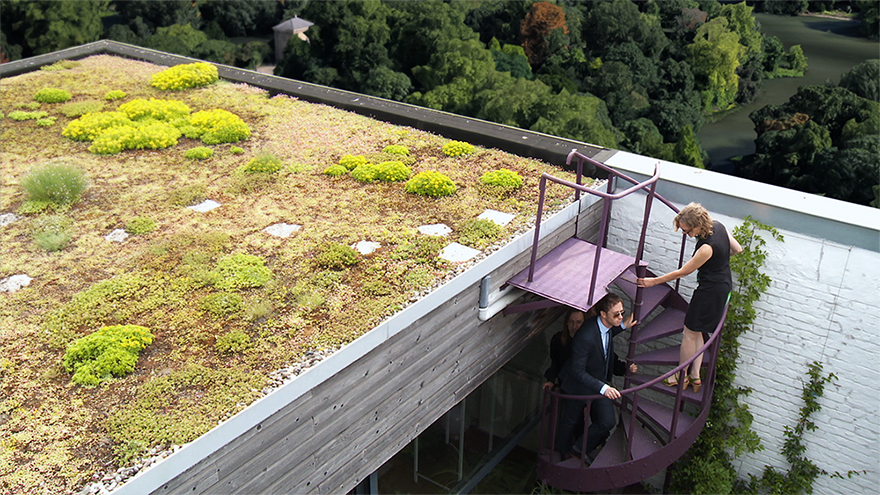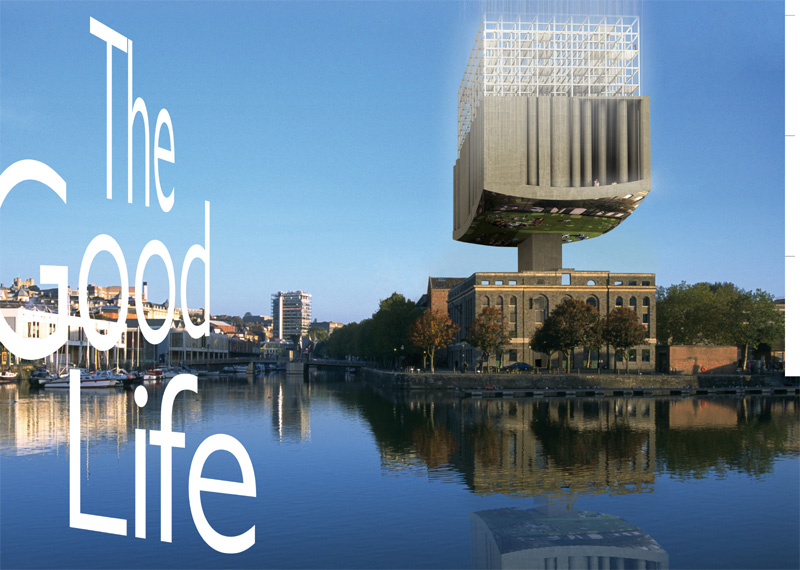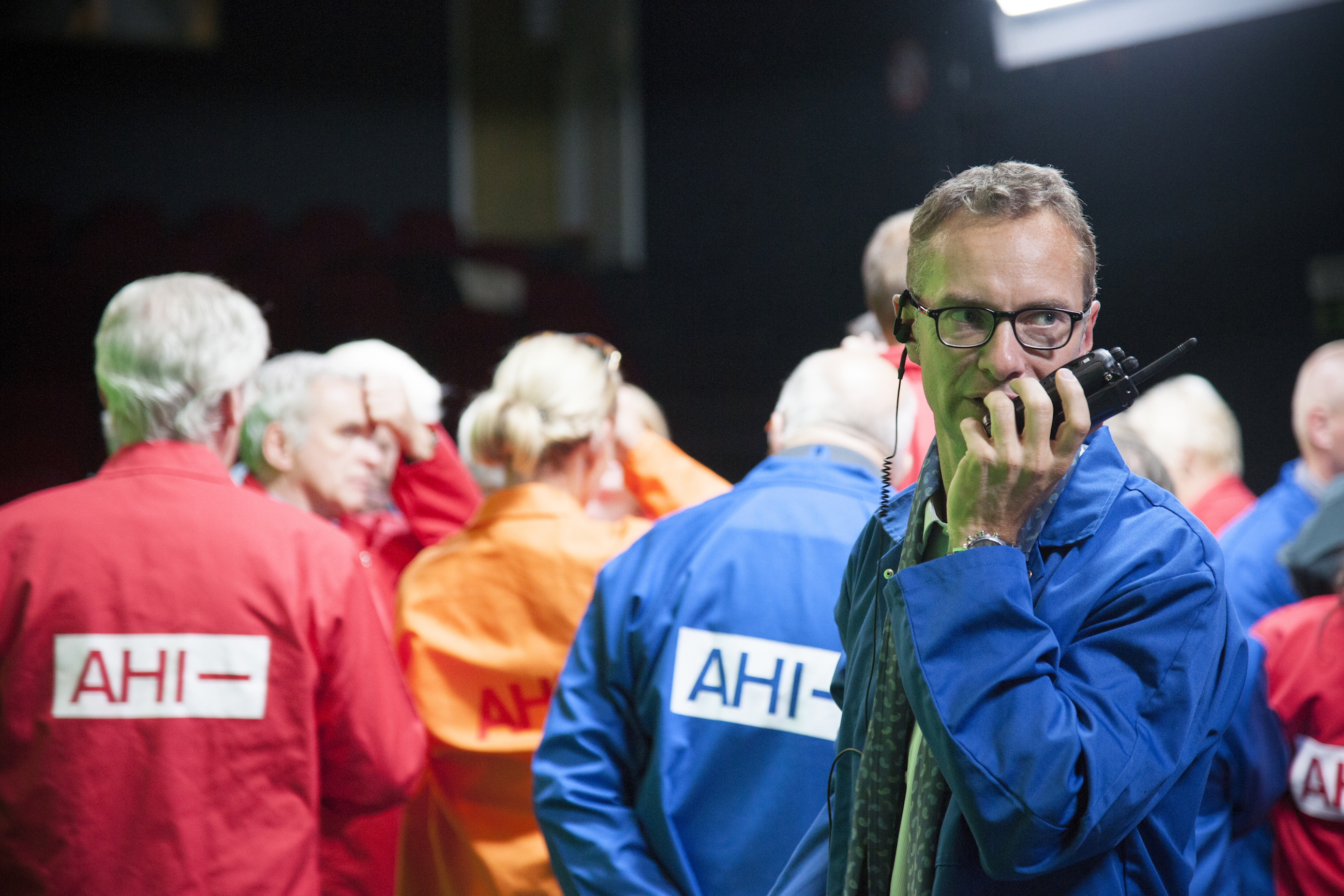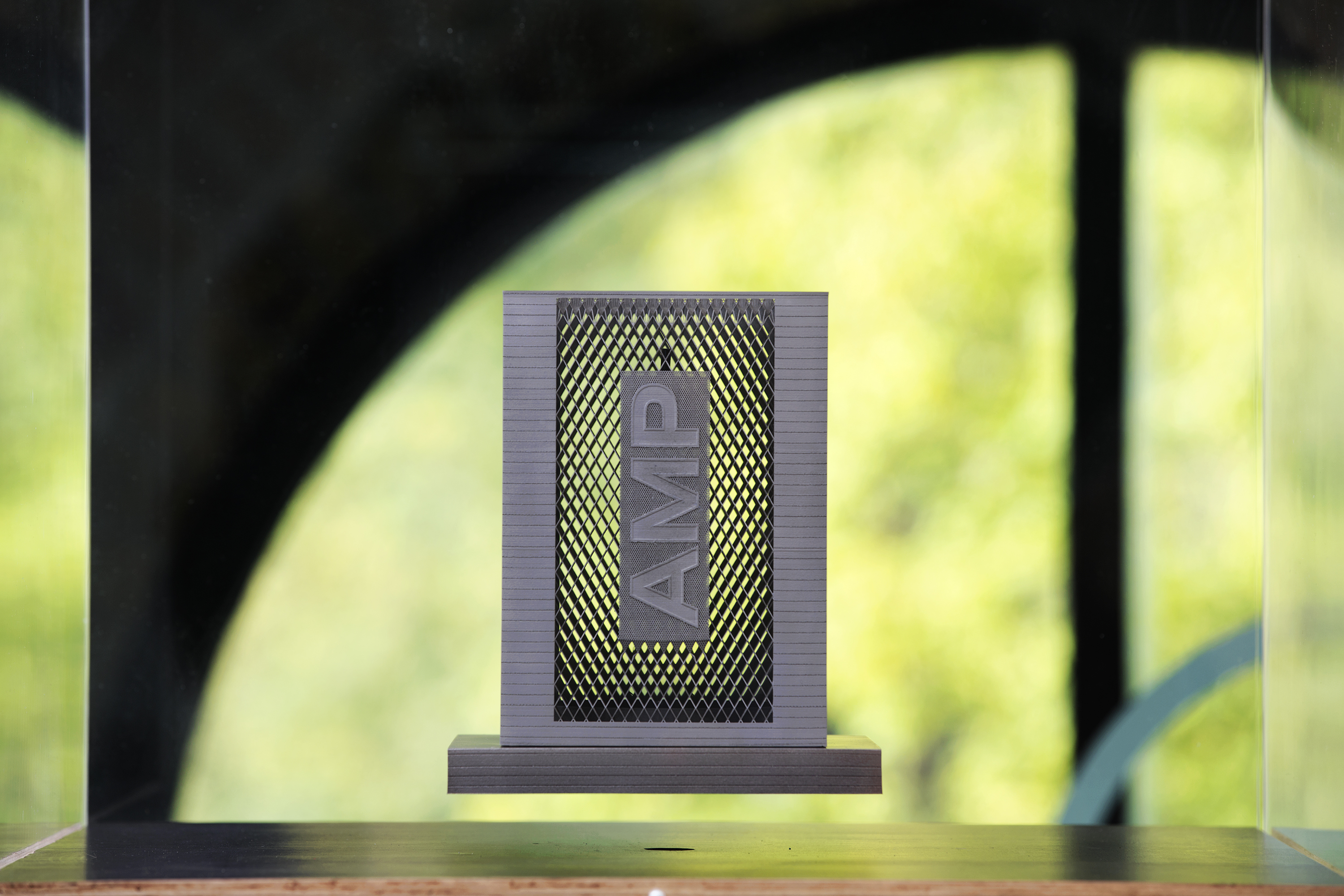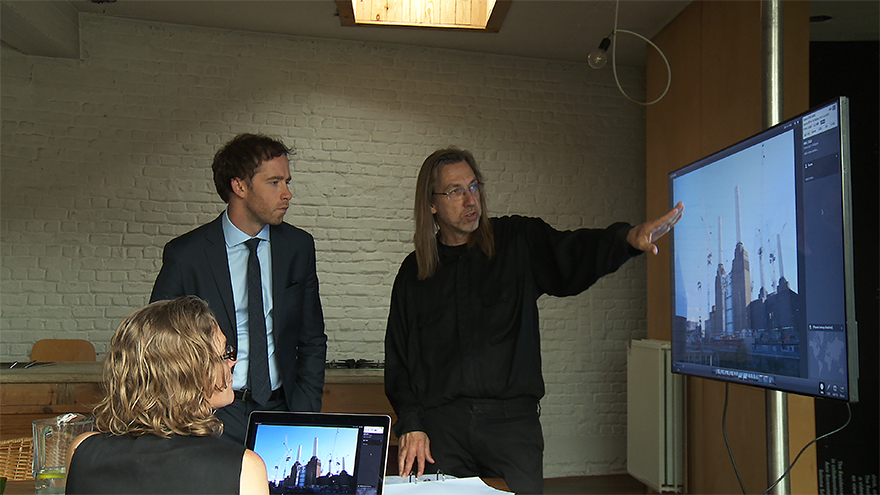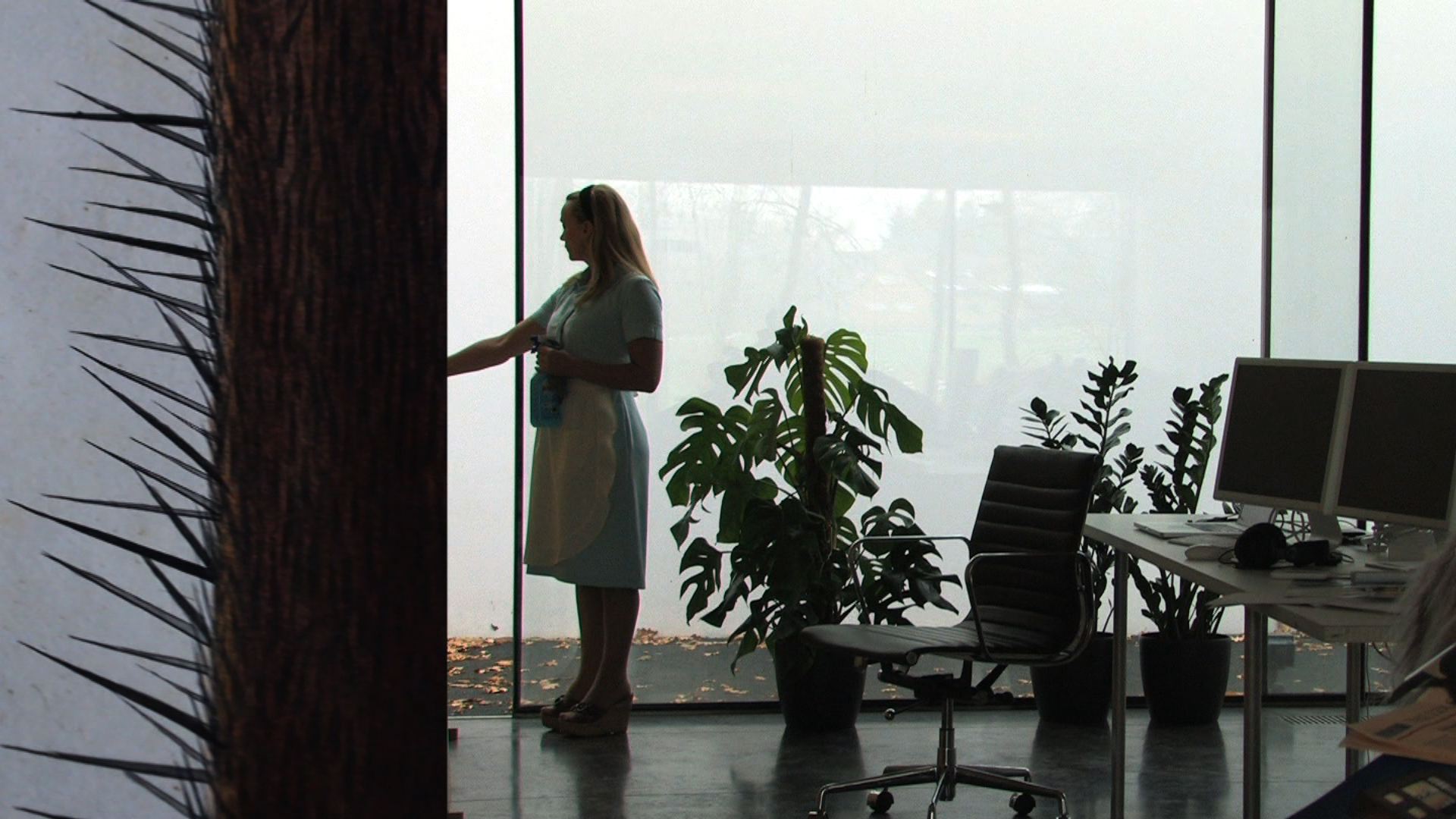Server: Apache/2.0.54 (Debian GNU/Linux) PHP/4.3.10-18
Content-Length: 1742
Connection: Keep-Alive
200 OK
Reflections on the Place of the Studio Today, text by katerina gregos in 'The Institute', 2015
(fragment)
Finally, although the idea of the studio still retains an air of (perhaps mistaken) conventionality, some artists approach it as a radical space of experimentation, not just in so far as their own practice is concerned, but also in terms of challenging its core functions. Perhaps one of the most interesting examples of this is the A.I.R project (an acronym for artist in residence) initiated by Ronny Heiremans and Katleen Vermeir in 2006. According to the artists statement A.I.R. is a long-term project that focuses on the dynamics between art, architecture, economy and law. In this collaborative practice the artists define their home a loft apartment in a post- industrial building in Brussels functioning now as their habitat/studio as an artwork. The artists do not, however, define their habitat (which is not open to the public) as a work of art in the traditional sense:
The art house was designed for and by the artists as a completely functional entity, at the junction of domesticity and production, of archiving, legal constructs and ideology, of speculation, projection and desire. (...) A.I.R. as a discursive practice not only defines the home of the artists as an art work, it simultaneously articulates the home as source material for what the artists have named mediated extensions: translations of their home to different media, an action which sort of enlarges their habitat/studio. 1
The series of extensions that the artists generate installations and videos but also performances, interviews, publications, websites (...) entail both a critique of the mythologized space of the studio and the gentrification related to artist-inhabited lofts and warehouses.2 Characteristically, the title of the project was inspired by the signs that artists hung on the doors of abandoned warehouses in New York in the 1960s. Having appropriated the spaces, the signs indicated artist [is] in residence to the fire brigade. In addition, as Heiremans and Vermeir point out:
This new type of artist studio drew the attention of magazines and TV programmes. The camera was bringing the truth about the artist in his studio. The artist in his studio became an appealing media story, which promoted a totally new living format, loft living, and its values and ideology of freedom, transparency, creativity. Since that time loft living has found its way around the globe.
The project therefore blurs the boundaries between habitat, studio and artwork, and relates this dissolution to the wider question of artistic and real estate economy and their entanglements.

